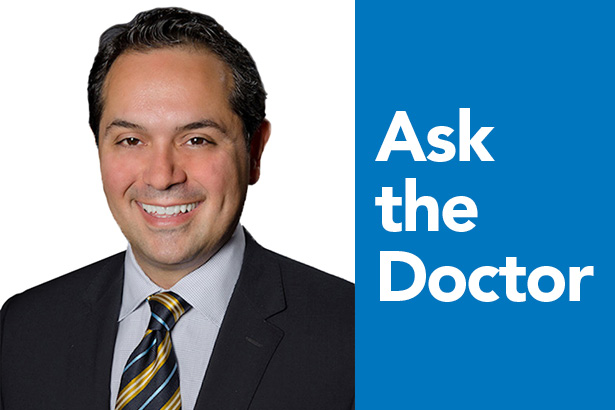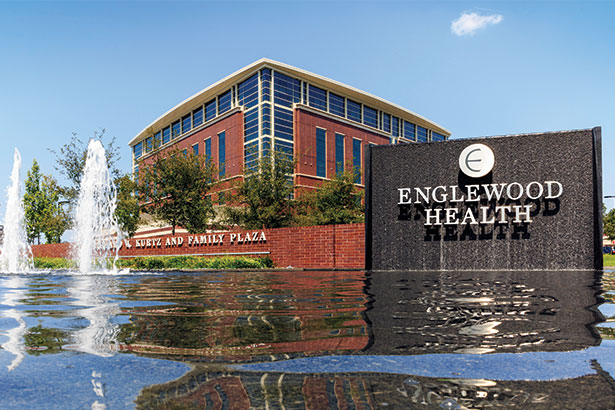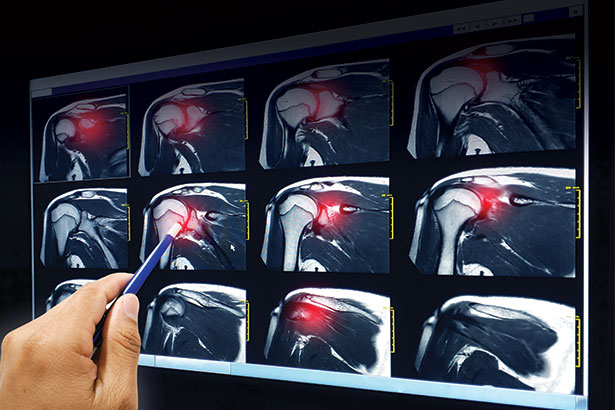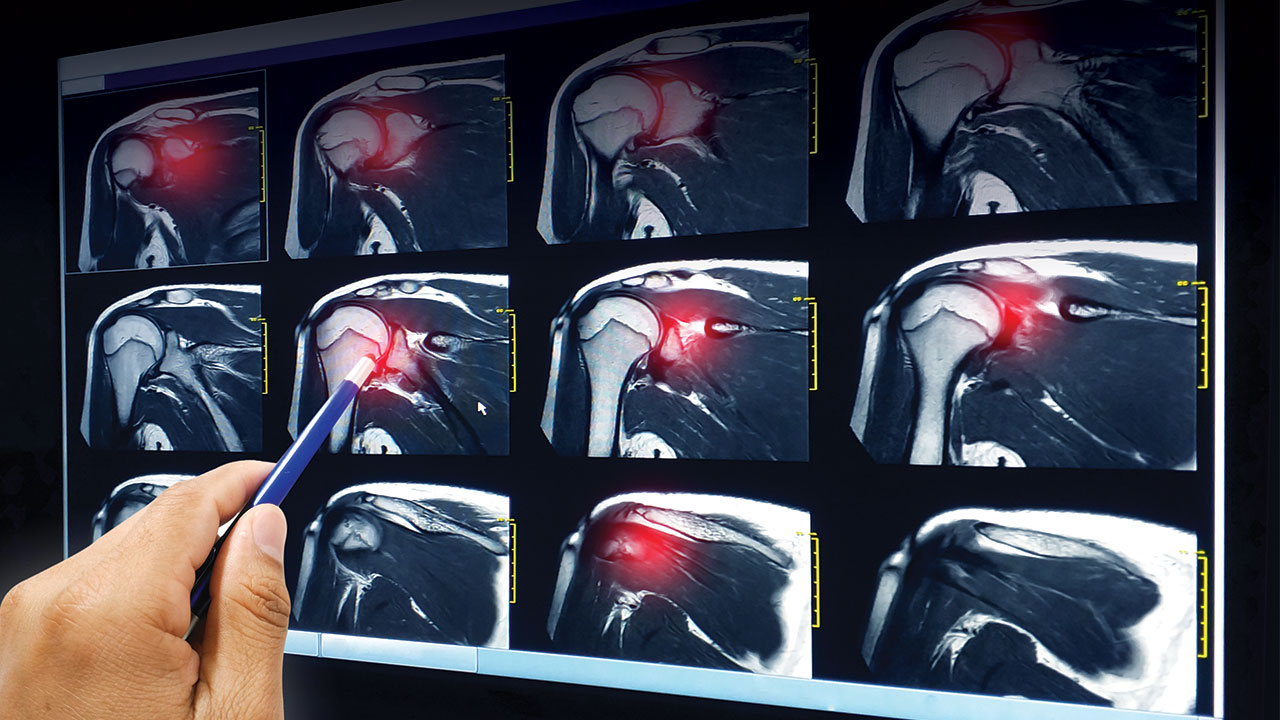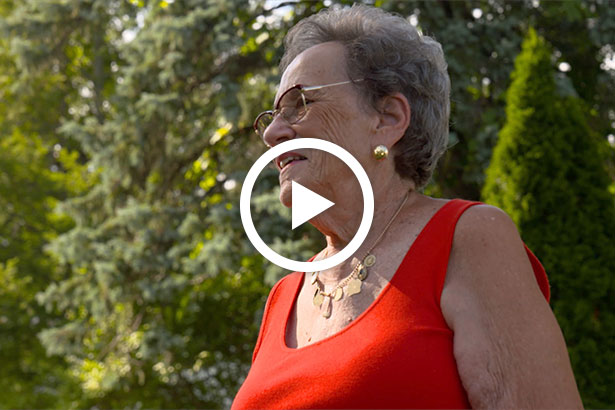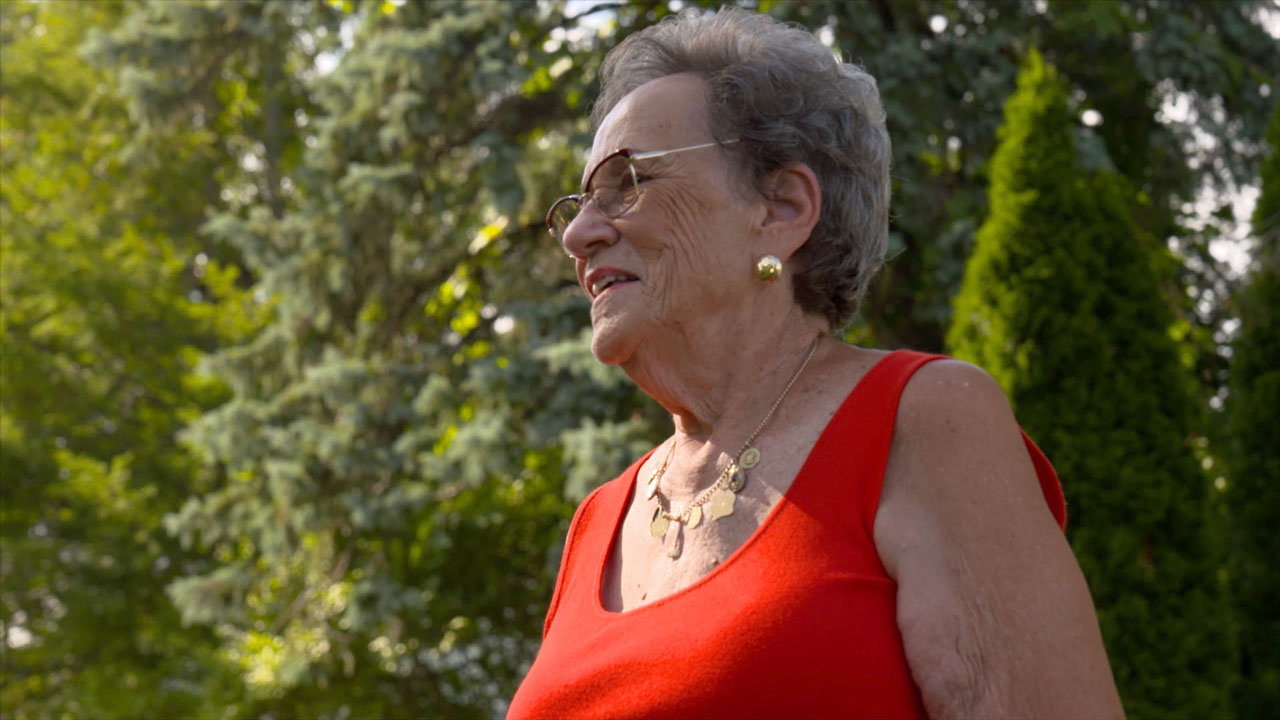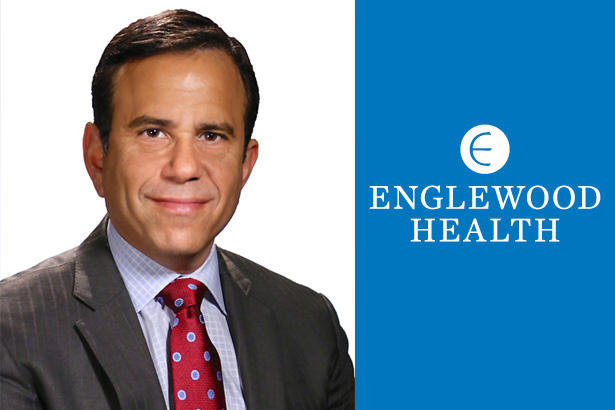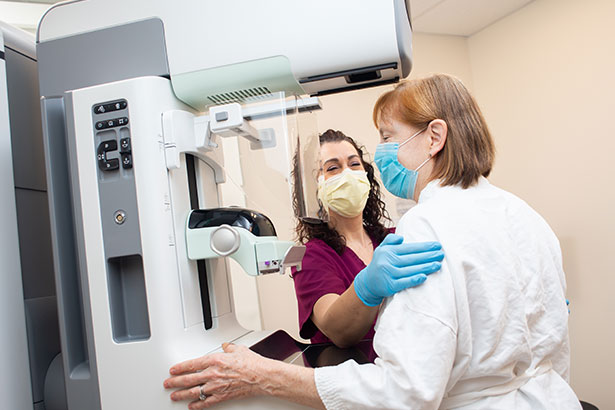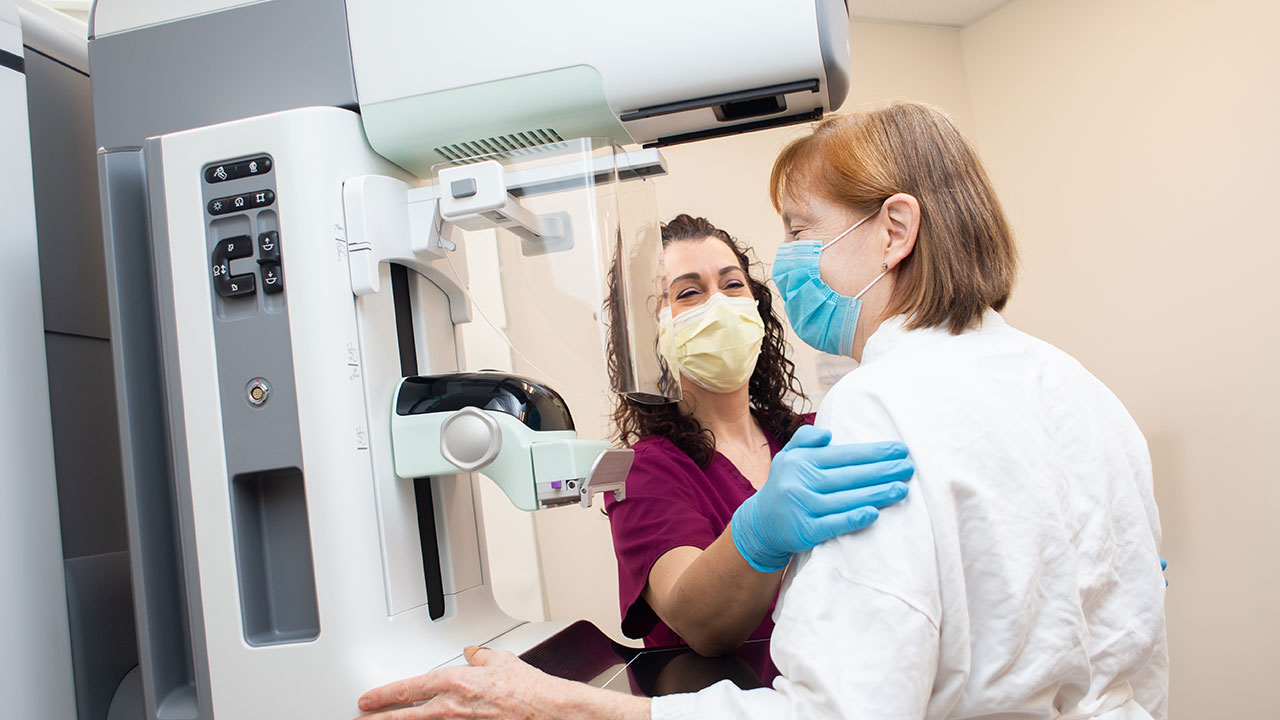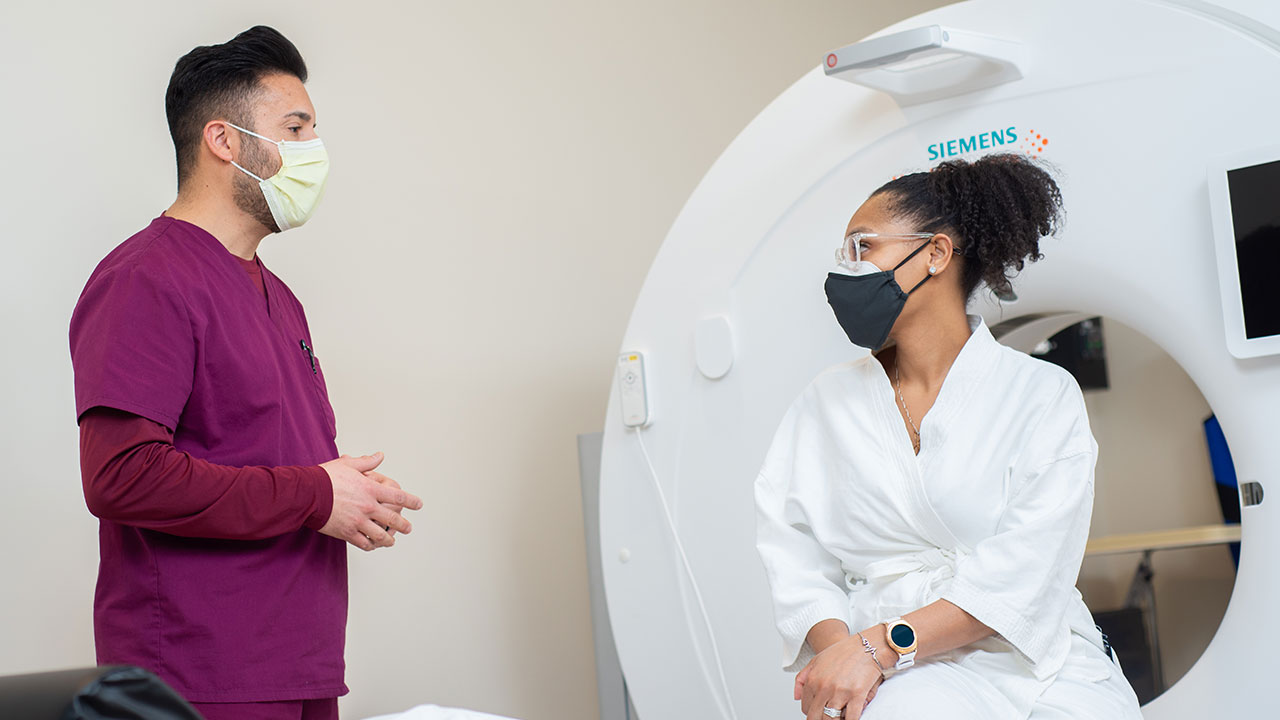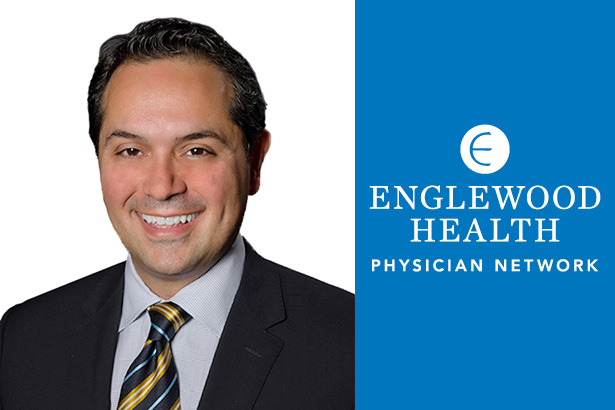Christos I. Stavropoulos, MD, is the director of thoracic oncology at Englewood Health. Here he answers some questions regarding lung cancer, and shares steps individuals can take to keep their lungs healthy.
Do I qualify for a lung cancer screening?
Dr. Stavropoulos: You may qualify for a low-dose CT scan to help detect signs of lung cancer before symptoms present, when it’s at an early and treatable stage. Lung cancer screening eligibility guidelines* include people between 55 and 80 years of age who:
- have a 30 pack-year smoking history (one pack a day for 30 years or 2 packs a day for 15 years), or
- are current smokers or former smokers who have quit within the last 15 years.
Are early-stage lung cancers curable?
Dr. Stavropoulos: Screening is aimed at detecting lung cancer early on, when doctors can intervene and potentially provide a cure for the patient. Ten to 15 years ago—even five years ago—saying the words “lung cancer” and “cure” in the same sentence was rare. Today there have been many advancements in lung cancer treatment that have greatly impacted survival rates. If we catch lung cancer early, we can potentially cure it. That is the number one reason why screening is so important. Early detection saves lives.
Dr. Stavropoulos shares these three tips for preventing lung cancer:
- Quit smoking or, better yet, never start.
- Avoid secondhand smoke.
- Have a heavy smoking history? Get screened! With annual lowdose CT screening, the goal is to detect cancer early, when it’s most treatable, and to prevent late-stage lung cancers.
How can I get screened for lung cancer?
Dr. Stavropoulos: Patients are often referred for lung cancer screening by their primary care physicians. However, you can (and should) be your own advocate. If you meet the eligibility requirements, tell your doctor and ask about being screened for lung cancer. Englewood Health offers low-dose CT lung cancer screening, which is covered by most insurance plans, for eligible patients who are at the highest risk of developing lung cancer.
I’m scared of what the results might show. Should I be?
Dr. Stavropoulos: Annual screening can make a difference in your long-term health. I encourage patients not to fear what might be found in screening. The majority of findings are changes that can be followed over time and may not require any intervention. But you’ll have peace of mind knowing we checked and, if there is an indication of lung cancer, we may be able to intervene early on, when the cancer has a better response to treatment.
Posted March 22, 2021
*The eligibility has changed to qualify people between 50 and 80 years of age who have a 20 pack-year smoking history. Call your insurance provider to see if it is covered.

